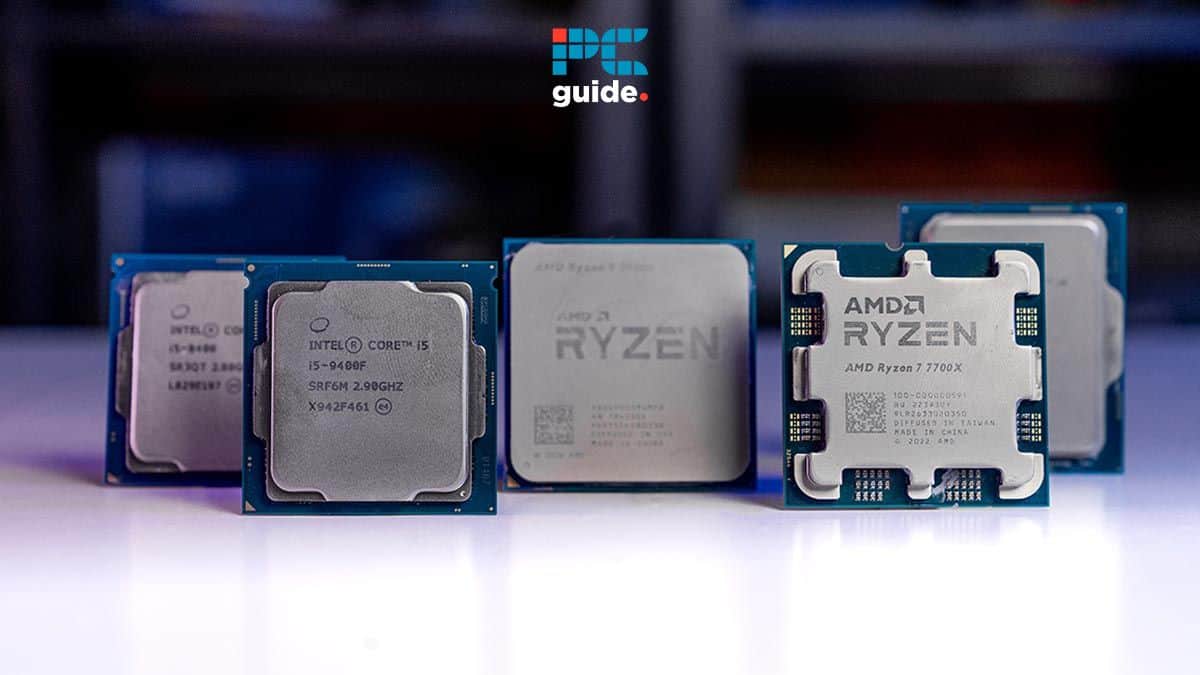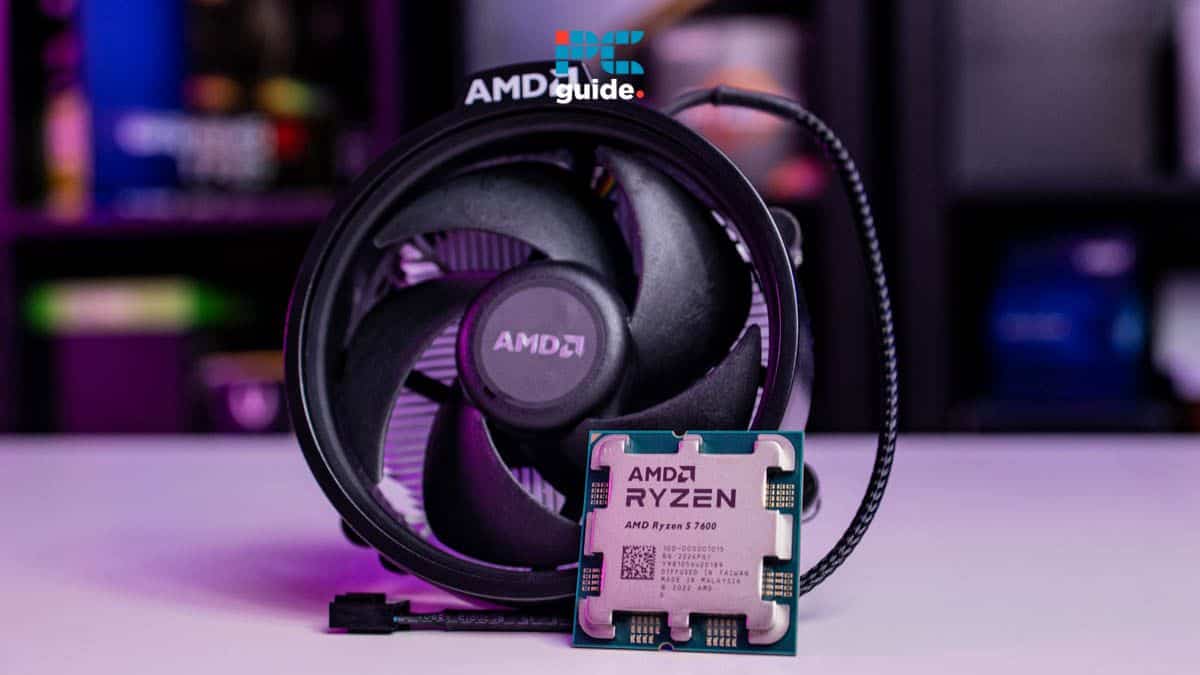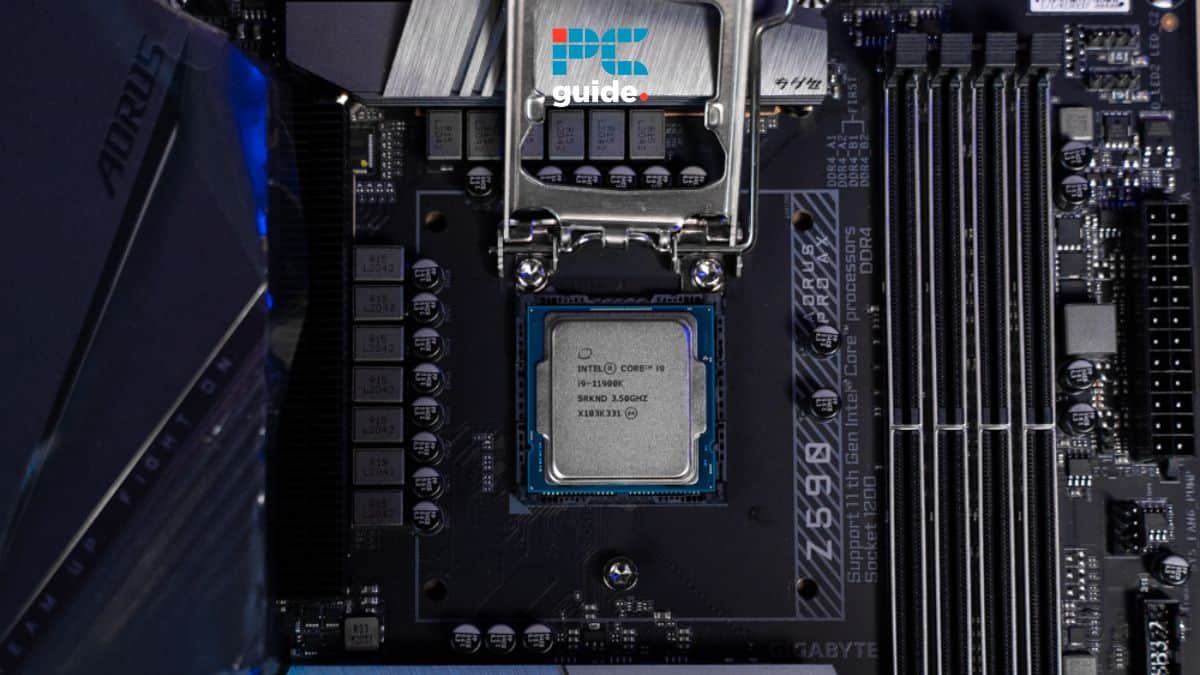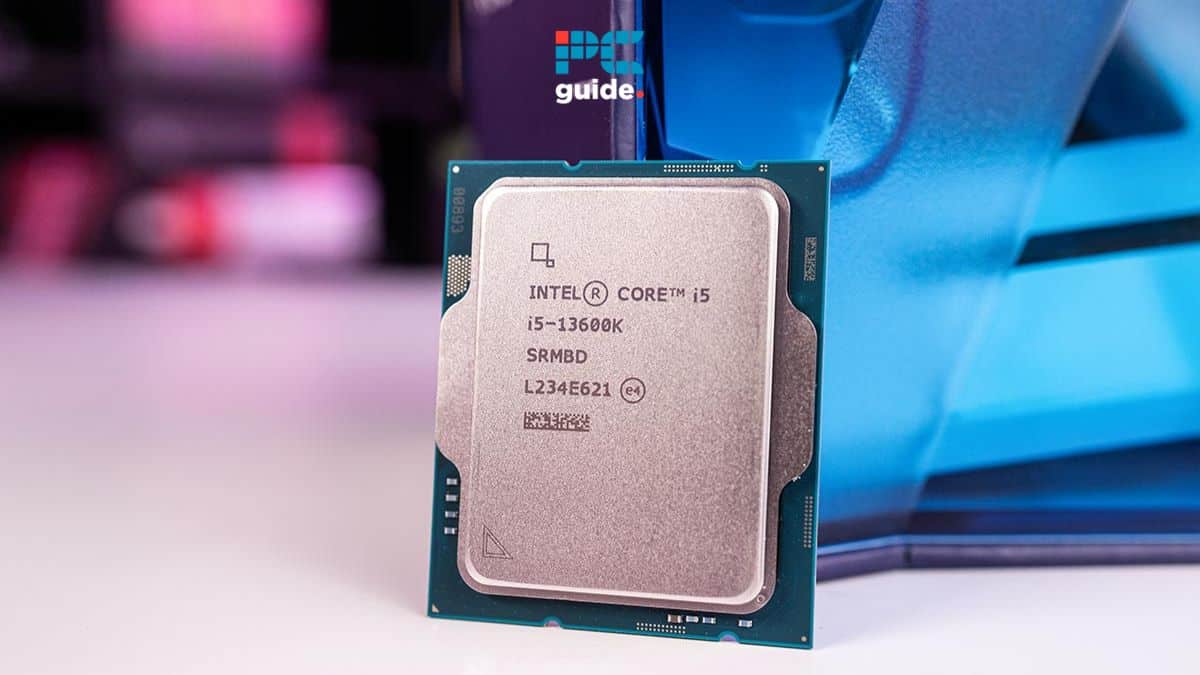Intel has officially unveiled the prowess of its Lunar Lake processors which look to offer 3x the NPU performance of the current-generation Meteor Lake mobile processors, and Team Blue has large targets on the horizon.
Demonstrated at the Intel Vision 2024 event, Intel Lunar Lake Core Ultra 200 processors are set to feature 100 AI TOPs with a projected 40 million processors shipped out by the end of the year as reported by Wccftech. Billed as the ‘flagship SoC for Next Gen of AI PCs’ this hardware is alleged to utilize up to eight cores of Lion Cove (P-cores) and Skymont (E-cores) with the next-generation Intel Arc Battlemage iGPU (built on the Xe2-LPG) architecture with up to eight Xe-cores.
In terms of just how much more powerful Lunar Lake will be in comparison to Meteor Lake, the former is set to feature 100 TOPs which is a 70% increase over the 30 TOPs currently being used by the latter. Taken as a whole, this means far more operations for the likes of the central processor, NPU, and iGPU. Speaking to the NPU itself, at 3x the performance, AI-accelerated tasks will be able to be done much faster and more efficiently.
Arguably, the implementation of the Battlemage iGPU could see sweeping graphical improvements and power efficiency. While unlikely to be a leading choice for gamers, it will mean more stable performance for GPU-intensive rendering tasks, as Team Blue has had years to innovate on its first-generation Arc-integrated graphics.
Then we get onto the Intel 20A CPU process, the Core Ultra 200 CPUs are the first to utilize this new die size. Specifically, 20A is built on a 2nm process which is much smaller than the competition. Intel has steadily been shrinking its silicon and 20A looks to be packing leading performance, as this process means even smaller transistors for more operations without overheating, meaning more power efficient than their larger predecessors.






